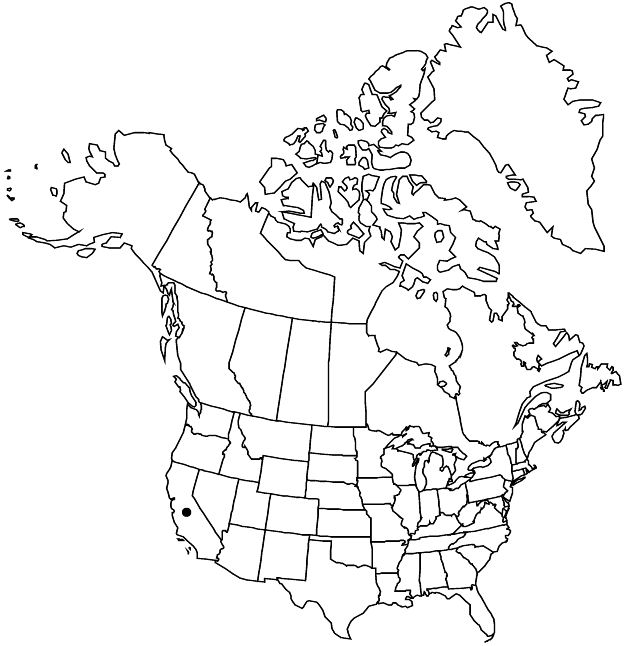Ceanothus parvifolius
Proc. Calif. Acad. Sci., ser. 2, 1: 110. 1888.
Shrubs, deciduous, 1–2.5 m. Stems ± erect or ascending, not rooting at nodes; branchlets green, not thorn-tipped, round in cross-section, flexible, tomentulose, glabrescent. Leaves not fascicled; petiole 1.5–5 mm; blade flat, oblongelliptic to elliptic, 6–25 × 3–13 mm, base cuneate, margins usually entire, sometimes denticulate distally, teeth 3–5, apex acute to obtuse, abaxial surface pale green, usually glabrous, veins sometimes strigillose, adaxial surface green, ± shiny, glabrous; pinnately veined or ± 3-veined from base. Inflorescences axillary, racemelike, 3–8 cm. Flowers: sepals and petals pale to deep blue; nectary blue. Capsules 4–5 mm wide, usually not lobed, sometimes weakly lobed; valves smooth, weakly viscid, usually not crested, sometimes weakly crested. 2n = 24.
Phenology: Flowering May–Jul.
Habitat: Open sites and flats, conifer forests.
Elevation: 1300–2100 m.
Discussion
Ceanothus parvifolius is restricted to the western slope of the Sierra Nevada from Plumas County south to Tulare County. Putative hybrids with C. cordulatus have been reported (H. McMinn 1944).
Selected References
None.
Lower Taxa
"thin" is not a number.
